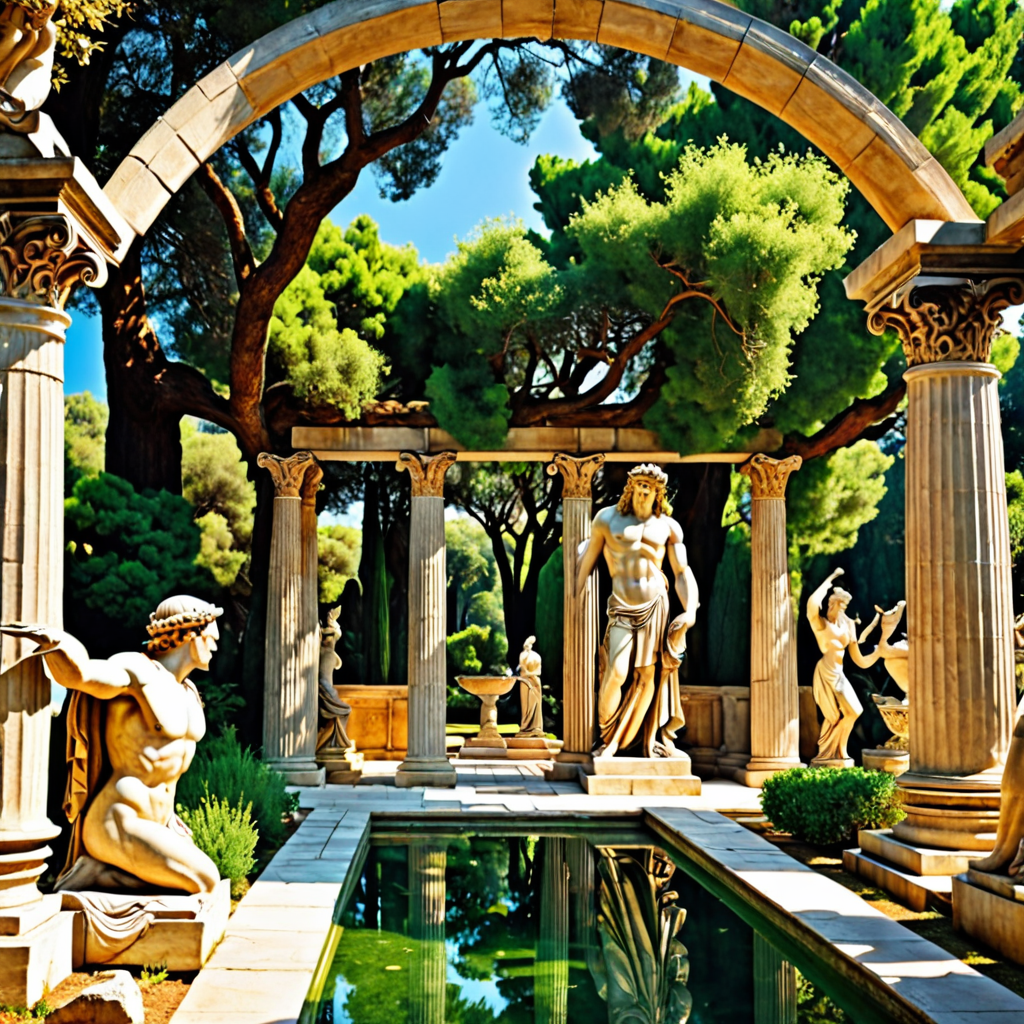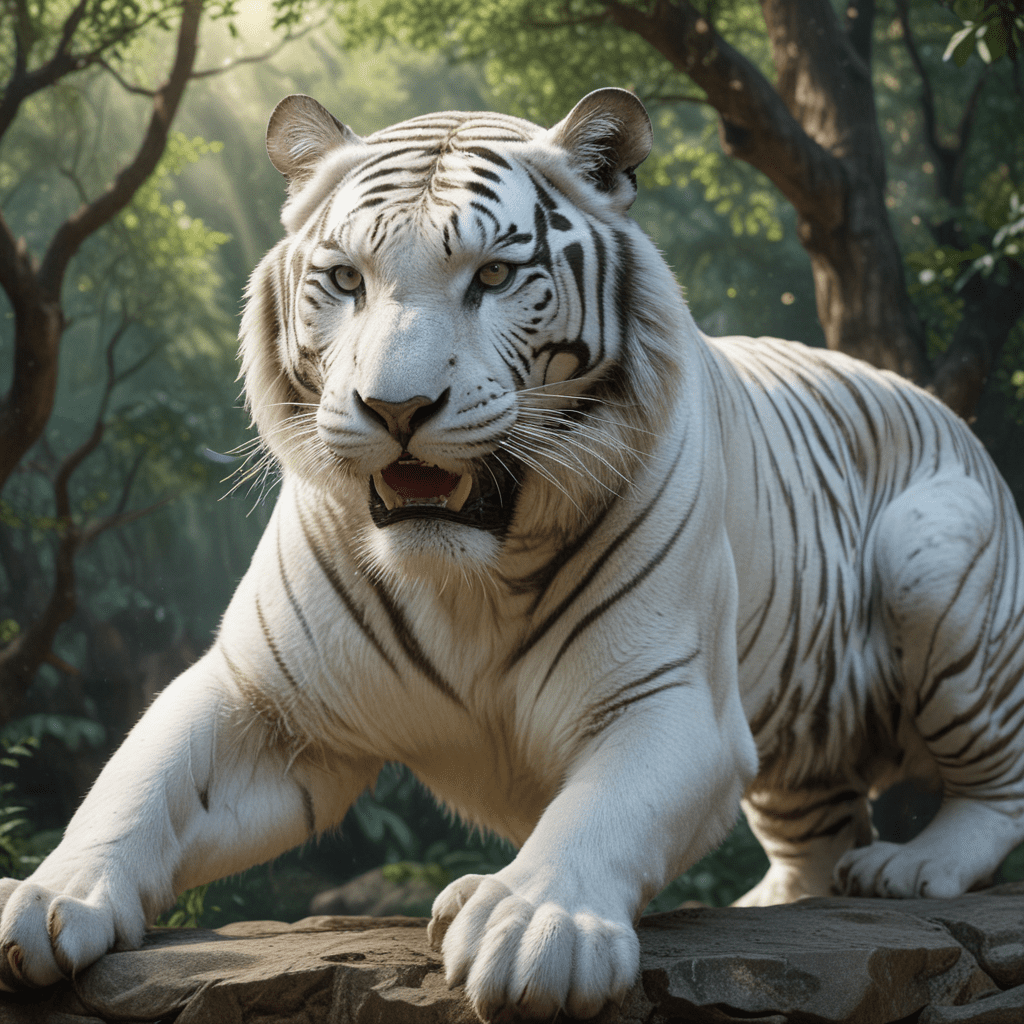Baltic Mythology: A Tapestry of Myth and Legend
Baltic mythology, a rich tapestry of myths and legends, holds a captivating place in the world of folklore. It's a vibrant and ancient collection of stories that have been passed down through generations, shedding light on the beliefs, values, and worldview of the Baltic people. This captivating mythology offers a glimpse into the ancient world, where nature, gods, and heroes intertwine in a dance of epic battles, heroic feats, and the perpetual struggle between light and darkness.
The Gods and Goddesses of the Baltic Pantheon
The Baltic pantheon is a diverse assembly of gods and goddesses, each possessing unique powers and roles. Among them, the supreme god, Dievs, holds dominion over the heavens and the earthly realm. He embodies justice, order, and the cosmic balance. His consort, Laima, the goddess of fate and destiny, plays a crucial role in shaping the lives of mortals.
Other prominent deities include Perkūns, the thunder god, known for his fiery temper and powerful storms; Jūratė, the goddess of the sea, who dwells in the depths of the Baltic Sea; and Velnias, the trickster god, who often tests the boundaries of morality with his mischievous antics.
These deities, along with a host of lesser divinities, reflect the diverse aspects of the natural world and the human experience, making the Baltic pantheon a fascinating tapestry of power, wisdom, and mischief.
The World Tree and the Cosmic Order
In Baltic mythology, the World Tree serves as a central pillar of the cosmos, representing the interconnectedness of all things. It's a colossal oak that stretches its branches into the heavens and roots deep into the underworld, connecting the realms of gods, mortals, and the dead.
The World Tree symbolizes the delicate balance of the cosmic order, where the forces of creation and destruction are eternally intertwined. Its roots serve as a conduit for the life-giving forces of the earth, while its branches reach towards the divine powers of the heavens.
The preservation of the World Tree is crucial to maintaining harmony in the universe, and its fate is often intertwined with the destinies of the gods and mortals alike.
Tales of Heroic Feats: The Deeds of the Gods and Mortals
Baltic mythology is filled with tales of bravery, cunning, and heroic deeds performed by both gods and mortals. These stories often revolve around the struggle against evil forces, the pursuit of knowledge, and the preservation of the cosmic order.
One such tale involves the god Perkūns, who wields his thunderbolts to vanquish the forces of darkness. Another captivating story tells of a brave warrior, Aivars, who undertakes a perilous journey to the underworld to rescue his beloved. These stories, passed down through generations, serve to inspire courage, determination, and a sense of purpose in the face of adversity.
Epic Battles and the Struggle Between Light and Darkness
The struggle between light and darkness is a recurring theme in Baltic mythology. It's reflected in the epic battles between the gods of good and the forces of chaos, as well as the trials and tribulations faced by mortals in their daily lives.
The gods engage in fierce combat against the demons and monsters that threaten to disrupt the cosmic order. This struggle often takes the form of epic battles, which involve the use of powerful weapons, magical spells, and the intervention of various divine beings.
These battles serve as reminders of the constant struggle against evil and the enduring importance of upholding righteousness.
The Origins of the World and the Creation Myth
Baltic mythology presents a fascinating explanation for the creation of the world. It's a story that reflects the deep connection between the divine and the natural world. The story revolves around the god Dievs, the supreme ruler of the heavens. According to legend, Dievs, in his infinite wisdom, summoned the earth from the depths of the primordial ocean. He shaped the lands and seas, creating the foundation for life.
But the world was empty, lacking the spark of life. So, Dievs summoned the sun, moon, and stars, bringing light and warmth to the newly formed earth. Then, he breathed life into the first beings, nurturing the growth of plants, animals, and eventually, humans. This creation myth highlights the vital role of the divine in shaping the world and giving rise to life. It underscores the belief that the universe is a product of purposeful creation, driven by the benevolent will of the gods.
The Role of Fate and Destiny in Baltic Mythology
Fate and destiny play a profound role in Baltic mythology, shaping the lives of both gods and mortals. The concept of Laima, the goddess of fate, is central to this belief. Laima, with her spindle of destiny, spins the threads of every life, determining the course of an individual's journey.
She is believed to decide the length of life, the nature of one's experiences, and even the circumstances of one's death. This belief emphasizes the limitations of human agency and the power of divine will in shaping individual lives. It suggests that while mortals can make choices and strive for their goals, their ultimate destiny remains in the hands of the gods.
The Influence of Nature and the Elements
Nature holds immense power and influence in Baltic mythology, reflecting the profound respect the Baltic people had for the natural world. The elements – the earth, water, fire, and air – are revered as powerful forces with their own unique spirits and deities.
The forests, rivers, and seas are viewed as sacred places, teeming with supernatural beings and imbued with spiritual significance. These elements are not simply objects to be exploited but forces to be respected and honored. They are seen as sources of life, power, and inspiration, shaping the beliefs, rituals, and daily lives of the Baltic people.
The Afterlife and the Journey of the Soul
The Baltic concept of the afterlife, like other aspects of their mythology, reflects a deep reverence for nature and a belief in a cycle of life and death. After death, the soul embarks on a journey to the underworld, a realm ruled by the goddess of the dead, called Žemyna.
The path to the underworld is said to be guarded by a fearsome hound, often referred to as the Black Dog, who determines the fate of the soul. The souls of righteous individuals are granted a peaceful afterlife, while those who have led wicked lives are subjected to various punishments. This belief highlights the importance of living a good and honorable life, as it determines one's fate in the afterlife.
The Legacy of Baltic Mythology: Its Influence on Folklore and Literature
Baltic mythology continues to resonate in the cultural landscape of Eastern Europe. It has left an indelible mark on the folklore, literature, and art of the Baltic regions, shaping their cultural identity and values.
Stories from Baltic mythology have been passed down through generations, inspiring folk tales, poetry, music, and other forms of artistic expression. The themes of heroism, destiny, and the struggle between good and evil continue to resonate in contemporary literature and cinema, demonstrating the enduring power and influence of Baltic mythology.
FAQ
What are some key deities in Baltic mythology?
The most prominent gods include Dievs (the supreme god), Perkūns (the thunder god), and Laima (the goddess of fate and destiny).
What is the significance of the World Tree in Baltic mythology?
The World Tree symbolizes the interconnectedness of all things, linking the divine, human, and underworld realms.
What are some of the popular tales of heroic feats in Baltic mythology?
The story of the warrior Aivars who rescues his beloved from the underworld is a popular tale.
How does Baltic mythology view the afterlife?
The soul travels to the Underworld ruled by Žemyna. The fate of the soul is determined by the Black Dog, with virtuous souls finding peace and the wicked facing punishments.
What is the legacy of Baltic mythology?
It has influenced the folklore, literature, and art of the Baltic regions, shaping their cultural identity and values.



